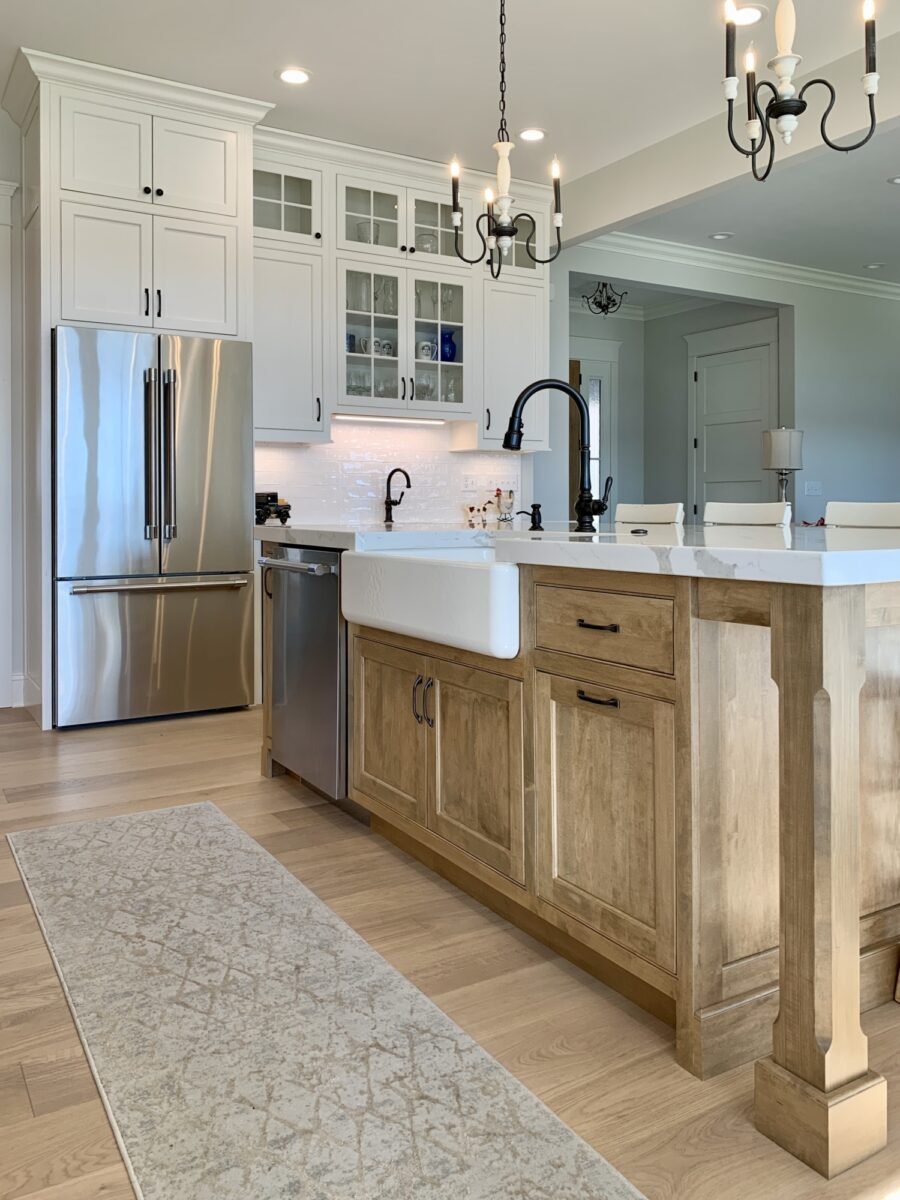An Overview to Selecting the Perfect Legs For Kitchen Island for Your Home
Selecting the ideal legs for your cooking area island is a nuanced decision that influences both the capability and visual allure of this central room. As you take into consideration these elements, it comes to be obvious that the best legs can change not only the appearance of your kitchen however additionally its functionality for years to come.
:max_bytes(150000):strip_icc()/pink-marble-tile_House-of-Harvee-9f030193ae38484a9cb7ea2d71af66f4.jpg)
Recognizing Kitchen Island Legs
When picking legs for a kitchen area island, it's important to comprehend their practical and visual functions in the total style. The legs act as an essential support system, guaranteeing security and resilience for the island, which often functions as a work space, dining location, or collecting area. The selection of material and building method must be robust adequate to stand up to daily use and prospective wear.
In addition to their architectural responsibilities, legs contribute significantly to the island's aesthetic allure. They can improve the kitchen's design, whether via traditional, modern, or eclectic styles. The elevation and proportion of the legs are additionally crucial factors to consider; they should balance with the island's counter top elevation while making certain comfy seating for those utilizing the area.
In addition, the leg design can influence the general circulation of the kitchen. Open, airy leg styles can create a sense of agility, while strong, significant legs may communicate a much more grounded and secure aesthetic - Legs For Kitchen Island. Understanding these visual and useful facets will certainly guide house owners in making notified options that enhance their cooking area's design and enhance its usability
Popular Styles and Materials
The option of legs for a kitchen area island includes a range of popular styles and products, each offering special features that can boost both performance and aesthetics. Among the most desired designs are modern, rustic, and conventional. Contemporary legs typically feature sleek, minimal styles that highlight simpleness and clean lines, making them ideal for modern-day cooking areas. Rustic designs, on the other hand, welcome natural environments and frequently showcase recovered wood or troubled surfaces, including heat and charm to the room. Conventional legs usually exhibit luxuriant details and workmanship, boosting classic cooking area designs.

Elevation and Stability Considerations

The legs of the kitchen island need to offer ample support, ensuring that the structure can hold up against daily usage without changing or wobbling. Material selection plays a substantial duty in stability; steel legs, for instance, have a tendency to use higher stamina compared to wood.
Matching Your Kitchen Area Aesthetic
Selecting the right legs for your kitchen area island goes past capability; it additionally plays a substantial role in the general aesthetic of the space (Legs For Kitchen Island). When picking legs, consider the design style of your kitchen.
Legs that match or contrast with your island's surface and bordering cabinets can develop aesthetic harmony or striking focal factors. Additionally, take into consideration the coating of the legs; matte, you can try these out glossy, or distinctive surfaces can dramatically impact the total feel of the kitchen area.
Installment and Upkeep Tips
Mounting cooking area island legs needs cautious focus to detail to guarantee both stability and visual allure. Begin by selecting a suitable area for your island, ensuring it is level and has enough area for movement. If you are attaching the legs to a wall or utilizing braces for included assistance, make use of a stud finder to locate wall studs. Mark the positioning of the legs precisely before drilling.
When protecting the legs, make use of high-grade screws and, if needed, timber adhesive for added toughness. For metal legs, guarantee that you are utilizing suitable anchors and devices to stop damages to your floor covering. It is a good idea to check for levelness after installation, making adjustments as required to avoid wobbling.
Upkeep is equally important for longevity - Legs For Kitchen Island. Frequently inspect the legs for any kind of indicators go to these guys of wear or loosening, especially in high-traffic areas. Clean the legs with a suitable cleaner, staying clear of rough materials that may scrape the surface. For wood legs, take into consideration using a timber conditioner regularly to maintain their surface. By complying with these setup and upkeep ideas, you can ensure that your cooking area island legs continue to be both practical and visually attractive.
Verdict
Finally, choosing the suitable legs for a cooking area island requires careful factor to consider of elevation, stability, and visual compatibility. By picking appropriate materials and designs that line up with the total kitchen design, capability can be boosted while maintaining visual charm. Appropriate installation and ongoing maintenance further contribute link to the sturdiness and long life of the kitchen island. Ultimately, thoughtful leg option plays an important function in boosting both the practicality and layout of the kitchen area room.
When picking legs for a kitchen island, it's essential to understand their aesthetic and useful functions in the general style. Open, airy leg styles can develop a sense of agility, while strong, significant legs might convey a much more grounded and steady visual. The legs of the cooking area island should offer appropriate support, making sure that the structure can hold up against everyday usage without tottering or changing.Setting up cooking area island legs calls for careful attention to information to make sure both security and aesthetic allure.In verdict, picking the suitable legs for a kitchen area island demands cautious factor to consider of elevation, security, and aesthetic compatibility.